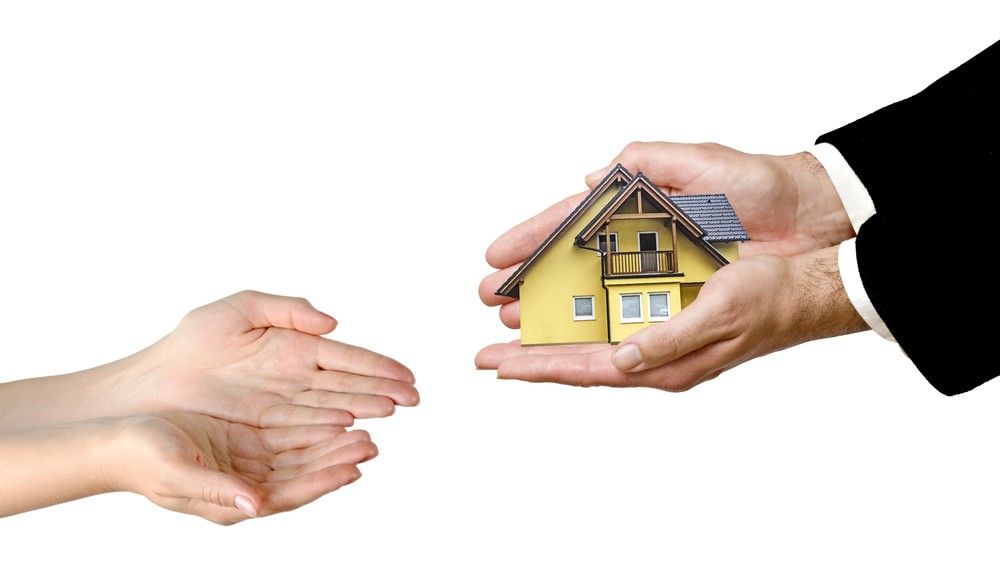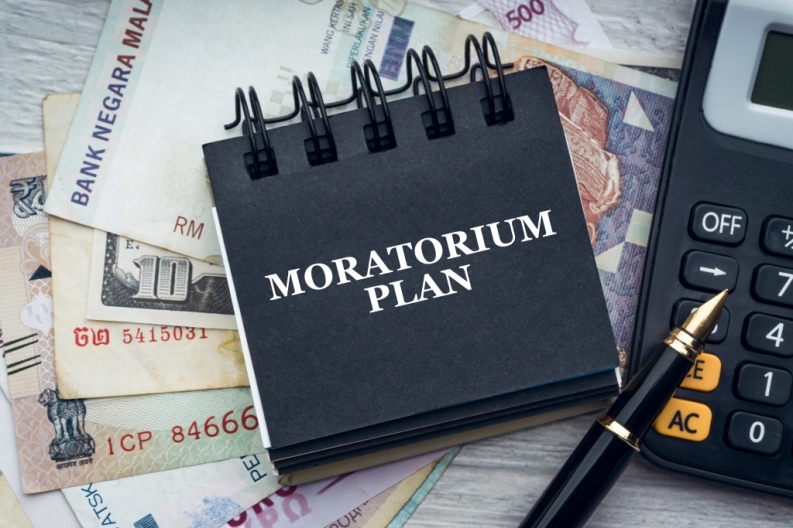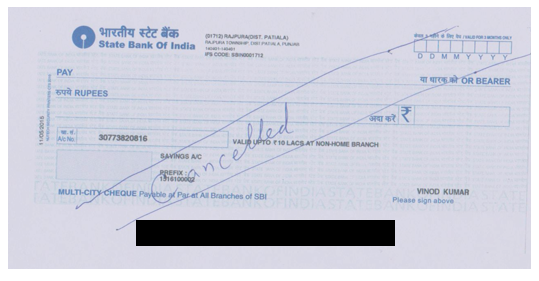Capital gains tax on inherited property arises when the receiver of such property sells it. On receiving an inherited property, no capital gains tax applies to the receiver. But on sale of inherited property, the inheritor is liable to pay capital gains tax. Before learning about capital gains tax on inherited property, let’s get a brief about what is capital gains and their types.
Section 45 of the income tax act mentions that any profits or gains arising on the transfer of capital assets are taxable under the income head of capital gains if one fulfils the following conditions:
- Firstly, transfer of a capital asset.
- Secondly, the assessee must transfer the capital asset.
- Thirdly, such transfer should take place in the previous year.
- Lastly, profits must arise from such transfer.
Moreover, in capital assets, the transfer includes the following:
- Firstly, a sale or exchange.
- Secondly, compulsory acquisition of capital assets as per law.
- Thirdly, when one converts capital assets into stock in trade.
- Further, redemption or maturity of securities.
- Lastly, transfer of a co-operative housing society membership.
Further, capital assets include immovable property, jewellery, precious stones, drawings, painting, sculptures, goodwill, leasehold rights, shares and other securities, mutual fund units, etc.
However, capital assets exclude the following things:
- Firstly, stock in trade.
- Secondly, when one uses the movable property for personal use. For instance, furniture, utensils, etc.
- Thirdly, agricultural land is situated in a rural area of India. Importantly, the population is less than 10,000 and the jurisdiction of the municipality is 2 km from local limits.
- Further, gold bonds and special bearer bonds.
- Lastly, gold deposit bonds under schemes 1999 and 2015.

Types of capital assets in the case of immovable property
There are types of capital assets in the case of immovable property (land and building), depending on their holding period:
- Firstly, when a person holds an immovable property for less than or up to 24 months, it becomes a short-term capital asset. Therefore, gains from the transfer of inherited property are added to the total income. Further, they are taxable as per the income tax slab.
- Secondly, when a person holds an immovable property for more than 24 months, it becomes a long-term capital asset. Therefore, long-term capital gains tax on inherited property is 20% tax + 10% surcharge + 4% health and education cess.
Calculation of short-term capital gains tax on inherited property
- Firstly, find the sales consideration value of the inherited property.
- Secondly, deduct transfer expenses, brokerage, etc., from sales consideration. The remaining amount is the net sales consideration.
- Thirdly, deduct the cost of acquisition and improvement from the net sales consideration to arrive at short term capital gains on inherited property.
- Lastly, in the case of short-term capital gains tax on inherited property, add the short-term capital gain income to the total income and tax it according to the income tax slab rates.

Calculation of long-term capital gains tax on inherited property
- Firstly, find the sales consideration value of the inherited property.
- Secondly, deduct transfer expenses, brokerage, etc., from sales consideration. The remaining amount is the net sales consideration.
- Thirdly, deduct the indexed cost of acquisition and improvement to arrive at long-term capital gains from inherited property. One can avail of the indexation benefits only if the inherited property is held for a long term (more than 24 months). Indexation helps in reducing the cost of the inherited property and considers the current inflation rate.
- Further, Indexed Cost of Acquisition = CII of current previous year/CII of year of acquisition * Cost of acquisition. Moreover, CII starts with 2001-02. Hence, consider the fair market value as of 1/4/2001, if the property was purchased before 1st April 2001,
- Also, Indexed Cost of Improvement= CII of current previous year/CII of year of improvement * Cost of improvement. Ignore all the costs of improvement before 2001-02 as CII data before 1st April 2001 is not available.
- Moreover, one can avail of exemptions under section 54 in case of long-term capital gains on inherited property. It is applicable if one purchase a new residential property or deposits the capital gains amount under the capital gains accounts scheme within three years of the sale of inherited property.
- Lastly, long-term capital gains tax on inherited property is 20% + 4% health and education cess + 10% surcharge.
- *Remember- in the case of inherited property or gift, the cost of acquisition is the property’s purchase price or fair market value as of 1st April 2001, whichever is higher. On the other hand, the cost of improvement means repairs on the property till its sale.

Illustration of capital gains tax on inherited property
Sahil inherited a residential property from his father on 1/10/2018. However, Sahil’s father purchased the property at ₹20,00,000 on 1/12/1990. The fair market value of the property as of 1/4/2001 was ₹22,50,000. Also, Sahil and his father made improvements worth ₹4,00,000 and ₹3,00,000, respectively, before inheritance in 2016-17. Further, Sahil sold the property for ₹1,50,00,000 on 30/9/2021.
Later, he purchased a residential flat on 2/3/2022 for ₹90,00,000. Moreover, he incurred brokerage expenses worth ₹25,000.
Points to remember:
- Firstly, Indexed Cost of Acquisition/Improvement = CII of current previous year/CII of year of acquisition/improvement * Cost of acquisition/improvement.
- Secondly, if the owner makes any improvement after the inheritance of the property, one must not consider the cost of the improvement. But if the inheritor makes any changes after inheritance, one should consider the cost of the improvement. In the above case, improvements were made before inheritance, hence considered.
- Also, the assessment year is 2022-23 and the previous year is 2021-22.
- Lastly, the date of purchase is 1/12/1990, and the transfer date is 30/9/2021. Hence, the holding period is more than 24 months. Therefore, it is a long-term capital asset.
- CII for 2001-02= 100, 2016-17= 264, 2021-22= 317.
Solution to the illustration
Indexed Cost of Acquisition
Purchase Price= ₹20,00,000
FMV as on 1/4/2001= ₹22,50,000
In the case of inheritance, one must consider the higher of the above two= ₹22,50,000 (FMV)
Indexed COA= CII of 2021-22/CII of 2001-02*COA.
= 317/100*22,50,000
= ₹71,32,500
Therefore, the indexed cost of acquisition= ₹71,32,500.
Indexed Cost of Improvement
Sahil’s COI= ₹4,00,000 (2016-17)
Indexed COA= CII of 2021-22/CII of 2016-17*COI.
= 317/264*4,00,000
= ₹4,80,303
Sahil Dad’s COI= ₹3,00,000 (2016-17)
Indexed COA= CII of 2021-22/CII of 2016-17*COI.
= 317/264*3,00,000
= ₹3,60,227
Therefore, the total indexed cost of improvement= is ₹8,40,530.
**Further, the exemption under section 54 is applicable as the new residential property (2/3/2022) was purchased within three years of the sale of the old one (30/9/2021).
| PARTICULARS | RS. | RS. |
| Sales Consideration | 1,50,00,000 | |
| Less: Transfer Expenses on Sales and Brokerage | -25,000 | |
| Net Sale Consideration | 1,49,75,000 | |
| Less: Indexed Cost of Acquisition | 71,32,500 | |
| Indexed Cost of Improvement | 8,40,530 | 79,73,030 |
| Less: Exemption u/s 54 | ||
| New Residential Property | 90,00,000 | |
| Long-term capital gain (whichever is less) | 79,73,030 | -79,73,030 |
| Income from long-term capital gain | 0 |
Therefore, the capital gains tax on inherited property in the above case is nil as there is no income.




